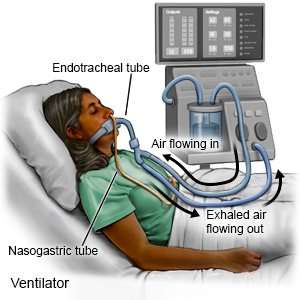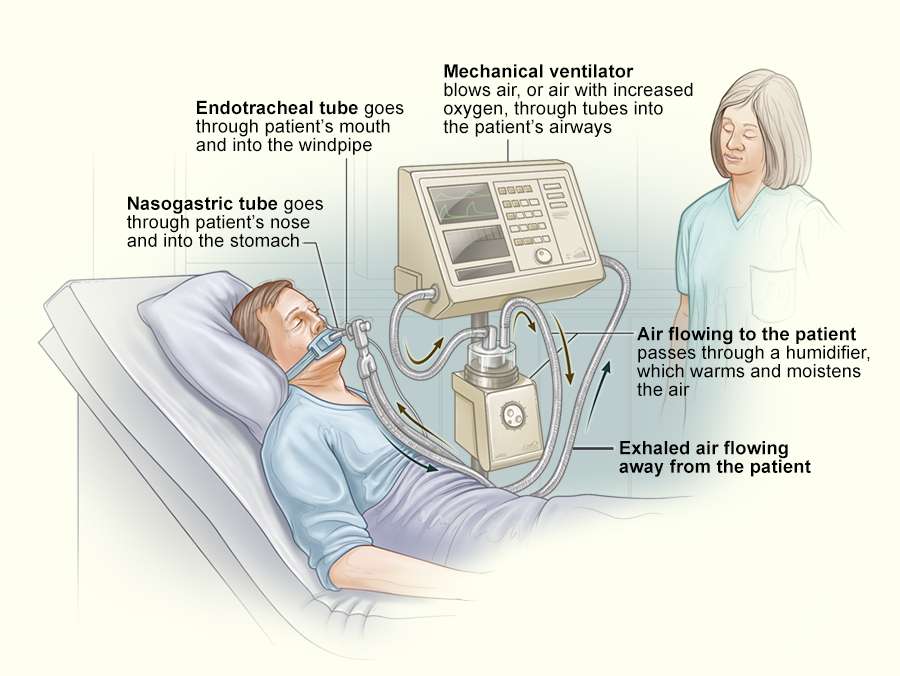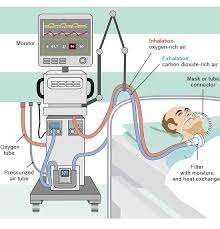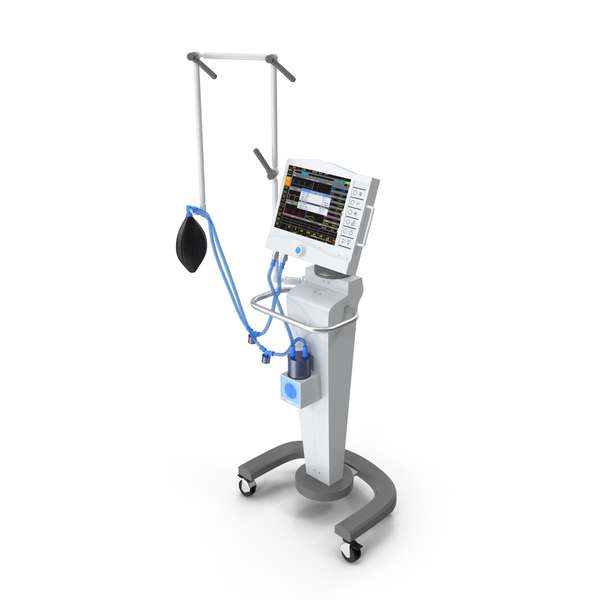
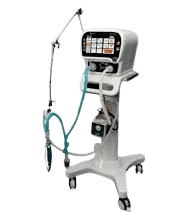
VENTILATOR (STAND MODEL ALSO AVAILABLE)
Ventilators work by delivering oxygen-rich air to the lungs, either through a mask or an endotracheal tube, and removing carbon dioxide from the body. They are vital in intensive care units (ICUs), operating rooms, emergency departments, and during patient transport.
The primary components of a ventilator include a user interface (typically a touchscreen display), breathing circuit, gas delivery system, and safety alarms. Ventilators can operate in several modes, such as volume-controlled, pressure-controlled, or spontaneous breathing modes, depending on the patient’s needs. They are equipped with advanced monitoring systems that provide real-time data on patient respiratory parameters, allowing healthcare providers to make informed adjustments.
Ventilators are regulated by medical device standards and must meet stringent safety and efficacy criteria before being approved for use. They are essential for patient care in various clinical settings, playing a critical role in managing respiratory failure, post-operative care, and in critical care units.
Ventilator: Mechanical ventilators are machines that act as bellows to move air in and out of your lungs. Your respiratory therapist and doctor set the ventilator to control how often it pushes air into your lungs and how much air you get. You may be fitted with a mask to get air from the ventilator into your lungs. A ventilator, sometimes called a mechanical ventilator, is a machine that helps you breathe when you’re sick, injured, or sedated for an operation. It pumps oxygen-rich air into your lungs. It also helps you breathe out carbon dioxide, a harmful waste gas your body needs to get rid of.”
Features
- Turbine-Based Mechanism: Delivers airflow without external gas sources.
- Portability: Lightweight and compact for easy transport.
- Battery Backup: Ensures continuous operation during power loss.
- Multiple Ventilation Modes: Supports VCV, PCV, PSV, and spontaneous breathing.
- User Interface: Touchscreen display for easy adjustments and monitoring.
- Advanced Alarm System: Alerts for disconnections, pressure issues, and low battery.
- Durability: Built to withstand harsh conditions and rough handling.
- Low Maintenance: Accessible parts for routine checks and cleaning.
- Compliance: Meets medical device regulations and standards.


